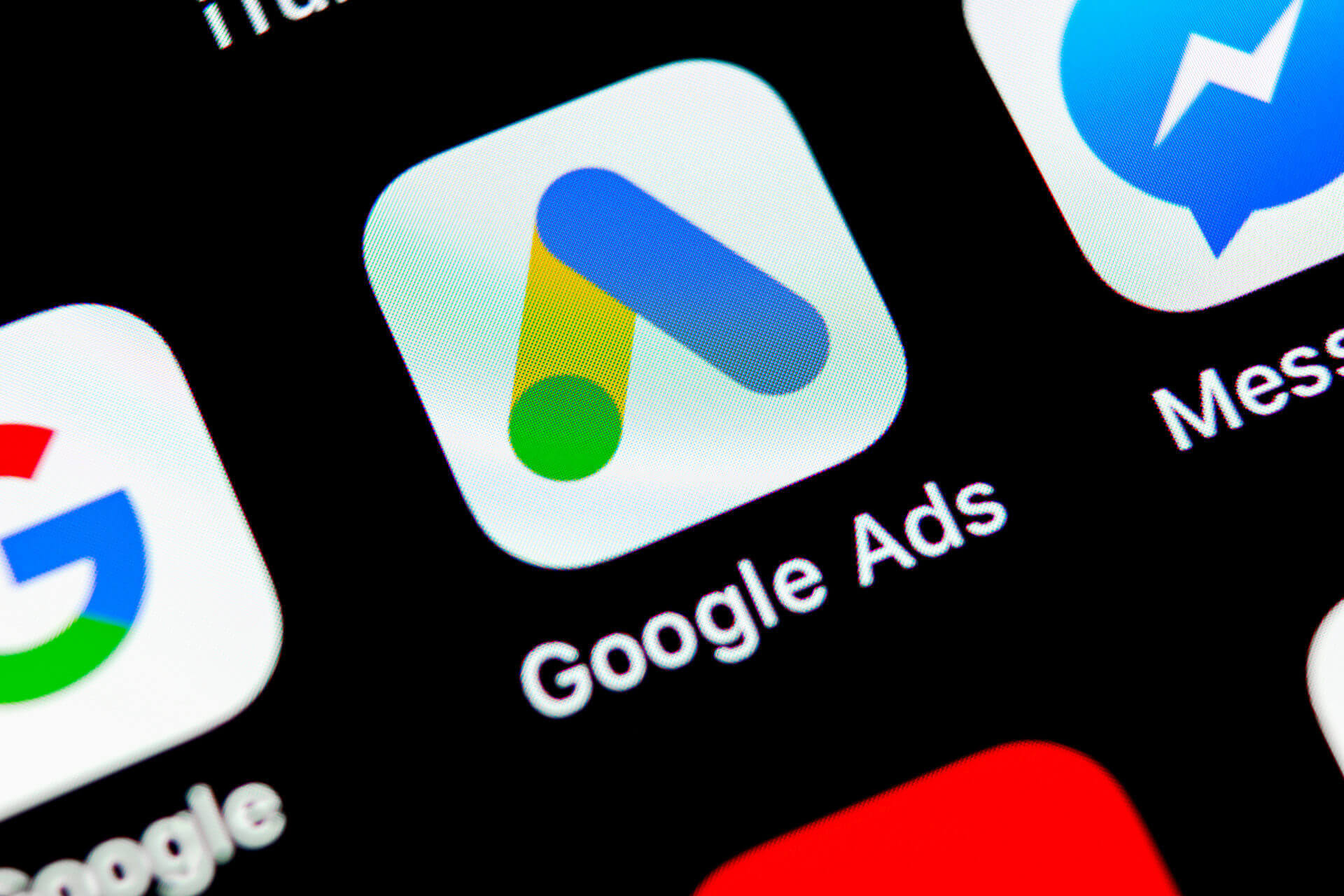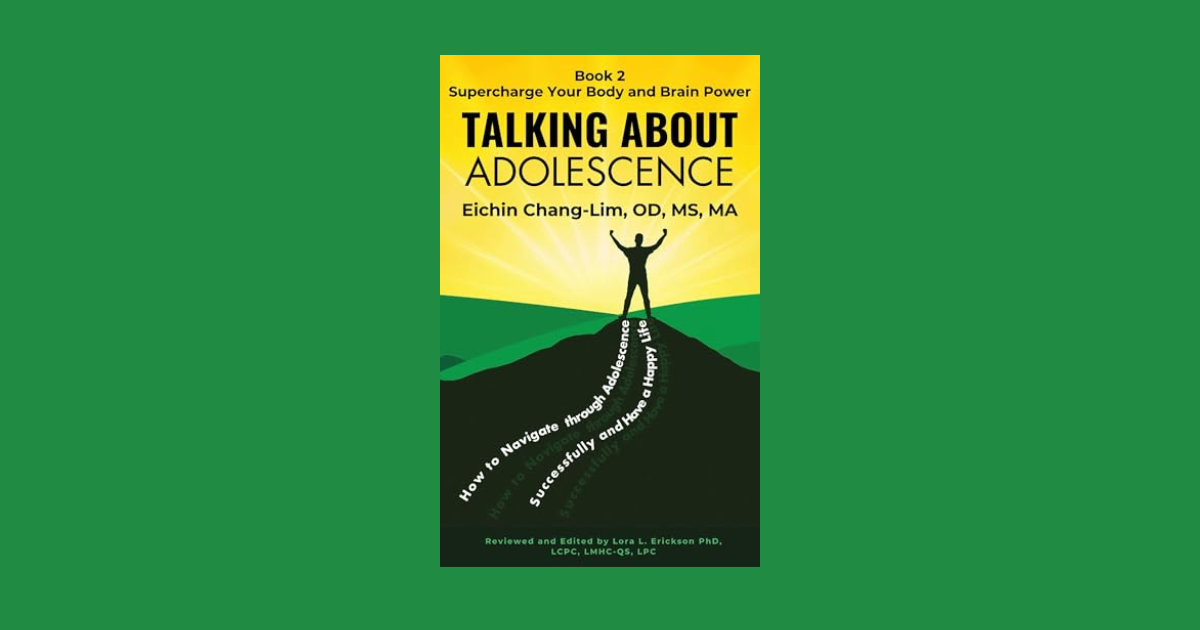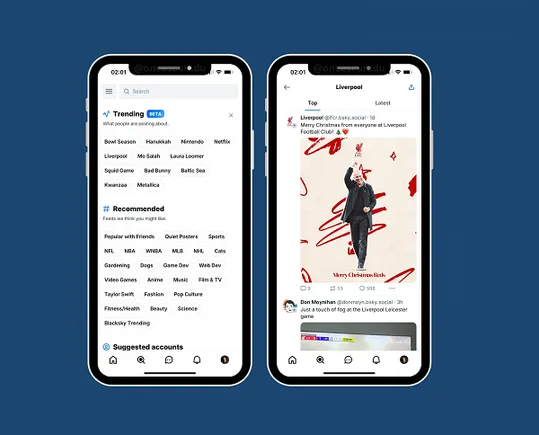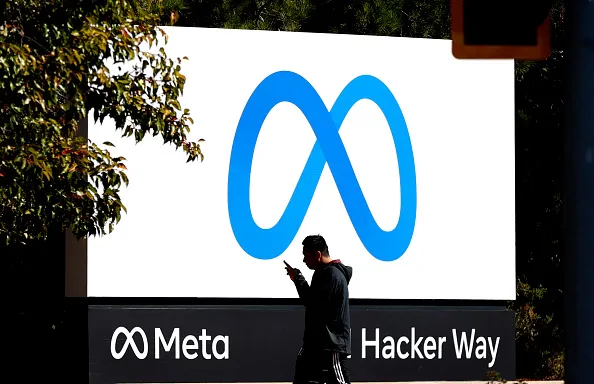In recent years, we have seen a rise in the use of augmented reality (AR) and artificial intelligence (AI). These technologies are changing the way we interact with the world around us. Nowhere is this more apparent than in the mobile experience. AR and AI are used to create more immersive and personal experiences for mobile users. In this blog post, we will explore how these technologies are being used to enhance the mobile experience.
What is AR?
AR, or Augmented Reality, is a term for technology that superimposes computer-generated images in the real world. It is often used in mobile apps and games to provide an enhanced experience.
AR can be used to create a more immersive experience in games and apps. For example, you might use AR to overlay a map on top of your surroundings when playing a location-based game. AR can also provide information about your surroundings, such as points of interest or directions.
AR is made possible by sensors in mobile devices that can track the device’s position and orientation. This enables the device to place computer-generated images in the correct position concerning the real world.
What is AI?
Artificial Intelligence (AI) is a process of programming a computer to make decisions for itself. This can be done through several methods, including but not limited to: rule-based systems, genetic algorithms, decision trees, artificial neural networks, and fuzzy logic systems.
In general, AI can be used to solve problems that are too difficult or time-consuming for humans to do on their own. For example, AI can sift through large amounts of data to find patterns or trends that are otherwise difficult to see. Additionally, AI can be used to make predictions about future events or outcomes.
How can AR and AI be used together to improve mobile experiences?
AR and AI can work together to create a more enhanced mobile experience in several ways. For example, AR can be used to provide contextual information that is relevant to the user’s current surroundings. This could be used to give directions, display information about nearby landmarks, or provide other relevant information.
AI can personalize the user’s experience by providing recommendations or customized content based on the user’s preferences. Additionally, AI can be used to analyze data collected from AR experiences to improve the accuracy and effectiveness of AR content.
What are the current SDKs and APIs available?
AR apps will take off and grow to become more popular. This is why obtaining suitable software development kits (SDK), and application program interfaces (API) is essential, as the technologies would be hard to succeed without these.
Commercial opportunities to expand your business are increasing as SDK and API capabilities expand. Some examples are:
· Vuforia: AR SDK lets app developers build immersive and mobile-centric AR experiences. It can reinforce Android and iOS, allowing brands to develop apps with fewer technical risks.
· ARCore: This is an AR SDK that is Google’s proprietary. Developers can build advanced AR experiences through the use of ARCore. It is possible to run AR apps on iOS devices with the support of developers.
· Core ML: This API is a machine learning (ML) platform used on Apple devices. The two advantages are the real-time factor and its low latency. In addition, Core ML doesn’t require a network connection to run! Mobile devices can display live images in real time.
· TensorFlow Lite: This open-source framework involves deep learning and focuses on mobile interference. It enables developers to use their custom models.
What are some examples of AR and AI in use today?
AR and AI are changing the mobile landscape with new and innovative ways to interact with and improve the user experience. Here are some examples of how AR and AI are being used today to enhance the mobile experience:
- Pokemon GO is one of the most famous examples of AR today. The game uses your phone’s camera to superimpose Pokemon characters into the real world, which you then have to catch.
- Google Translate is an example of AI in use today. The app uses your phone’s camera to translate text from one language to another in real-time.
- Several apps use AR to help you with your makeup routine. Makeup Genius is one app that lets you see what certain makeup products will look like on you before buying them.
- IKEA Place is an app that uses AR to help you visualize how furniture will look in your home before you buy it. You can place virtual furniture in your room to see how it looks and fits without committing to anything.
How will AR and AI continue to enhance mobile experiences in the future?
AR and AI are two technologies that are rapidly evolving and enhancing mobile experiences. Here are some ways that they will continue to do so in the future:
1. AR will continue to improve navigation and location-based services.
2. AI will enable more personalized and contextual mobile experiences.
3. AR will enhance visual search and discovery features.
4. AI will provide more accurate translations on mobile devices.
5. AR will help people stay connected with loved ones far away.
6. AI will make it possible to have more natural conversations with mobile assistants.
Conclusion
The future of mobile experience is enhanced with AR & AI. This combination will Augmented Reality and Artificial Intelligence creates a more personal and convenient user experience. With these technologies, users will be able to get real-time information about their surroundings and have access to personalized content recommendations. In addition, this will also allow for more seamless interactions with the digital world.






































































